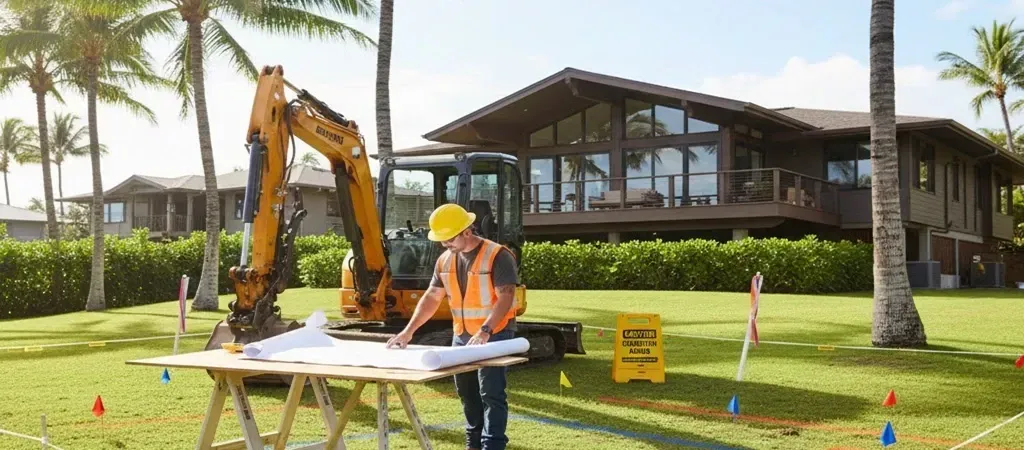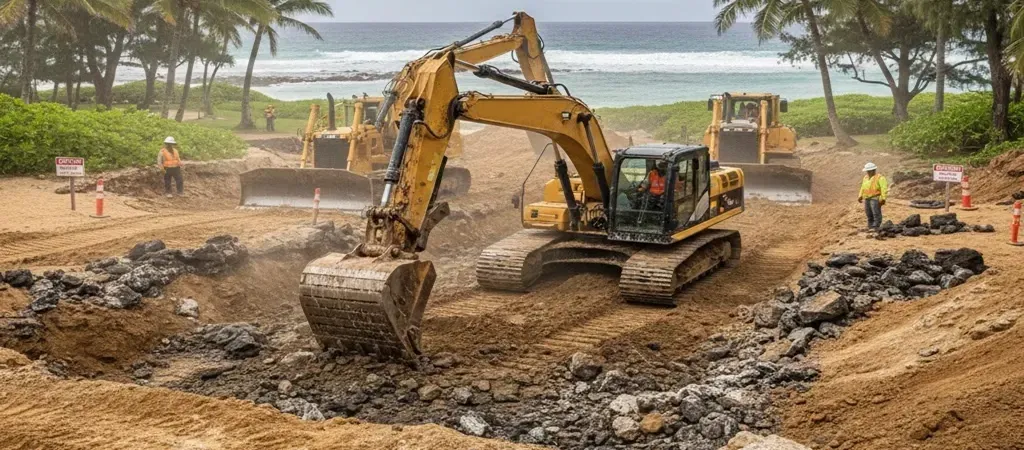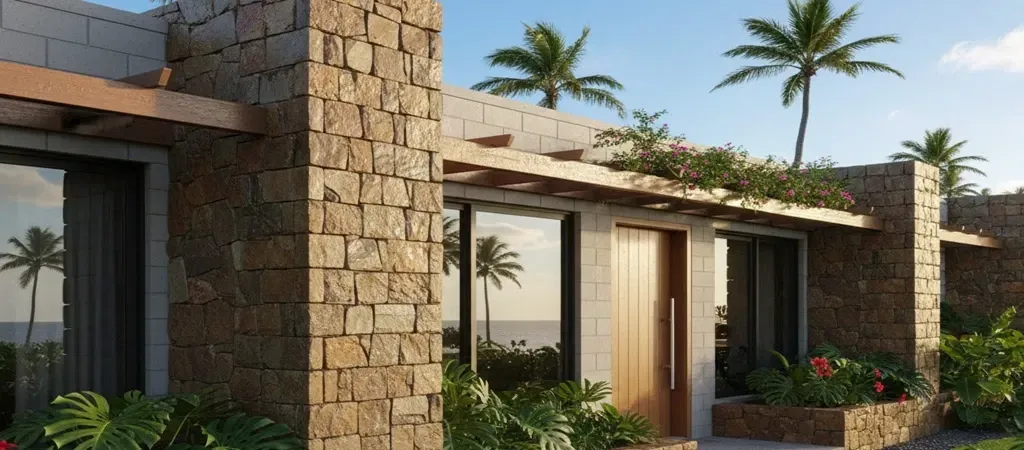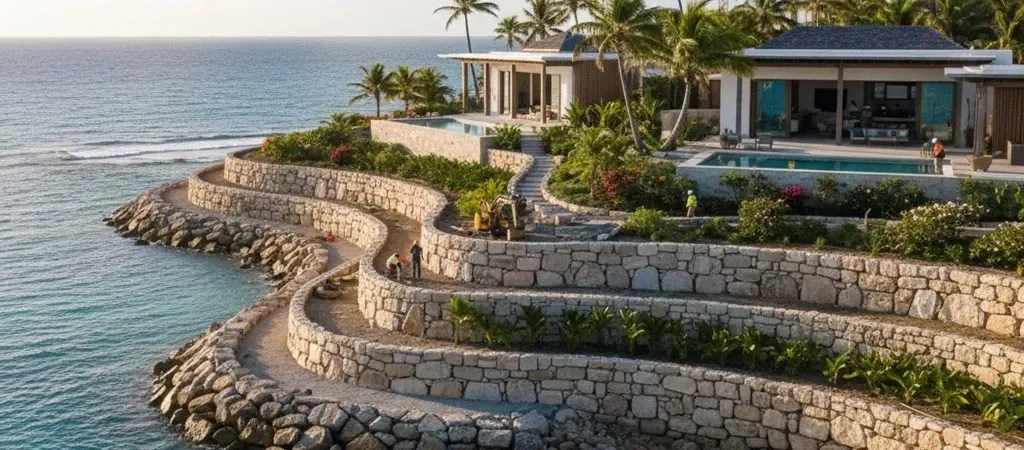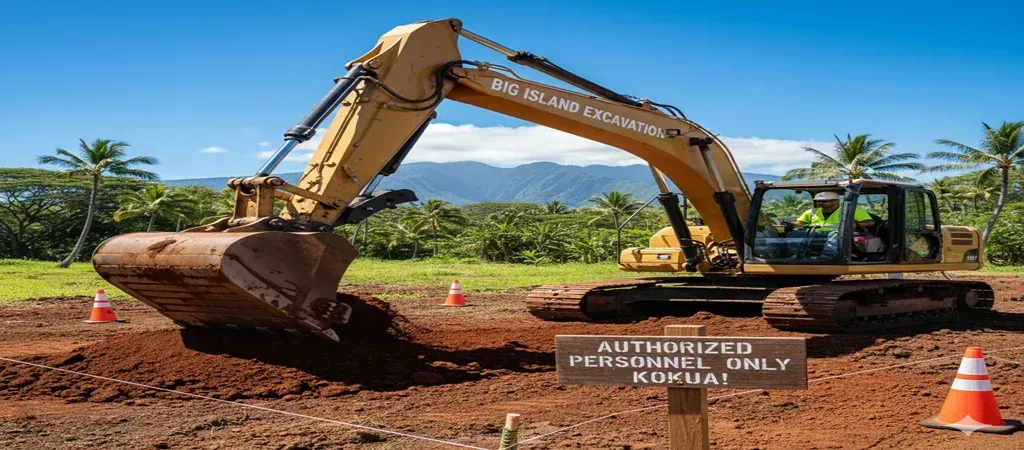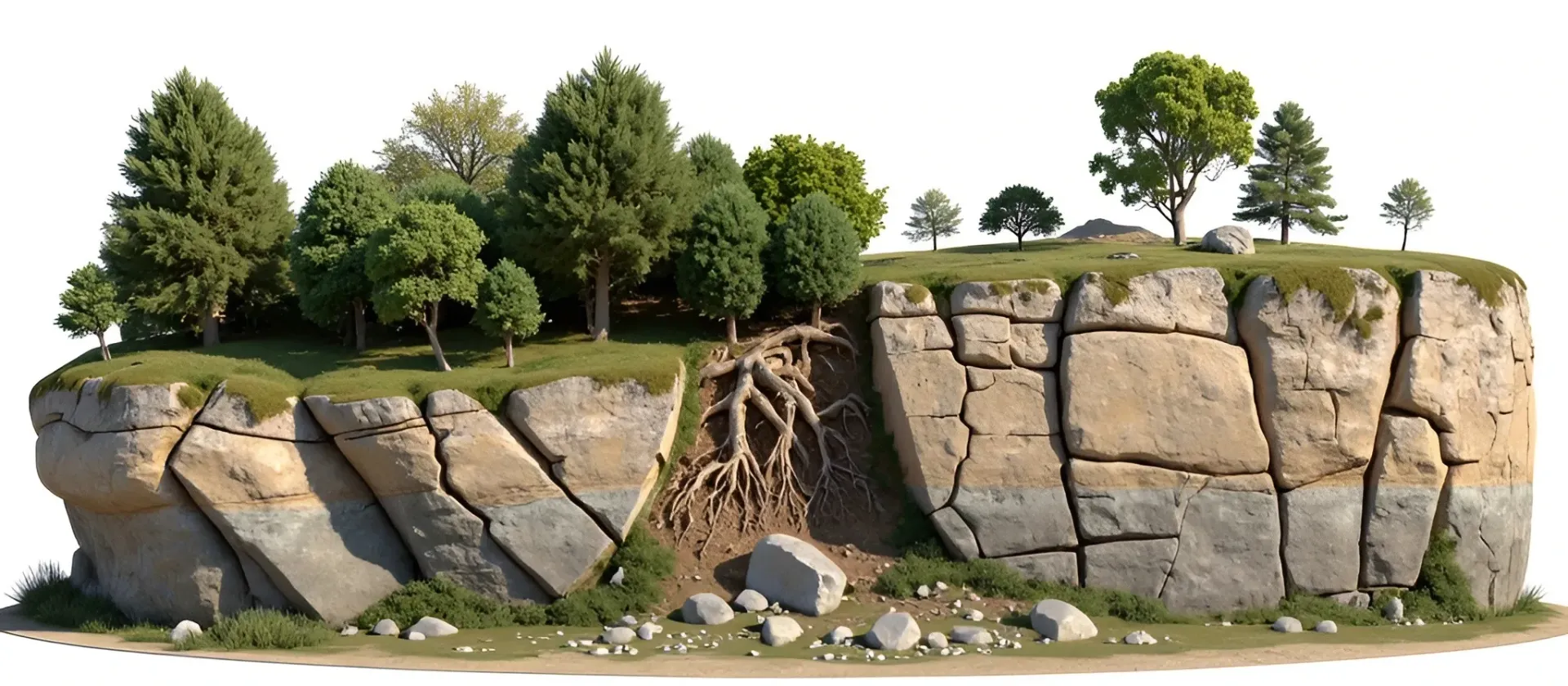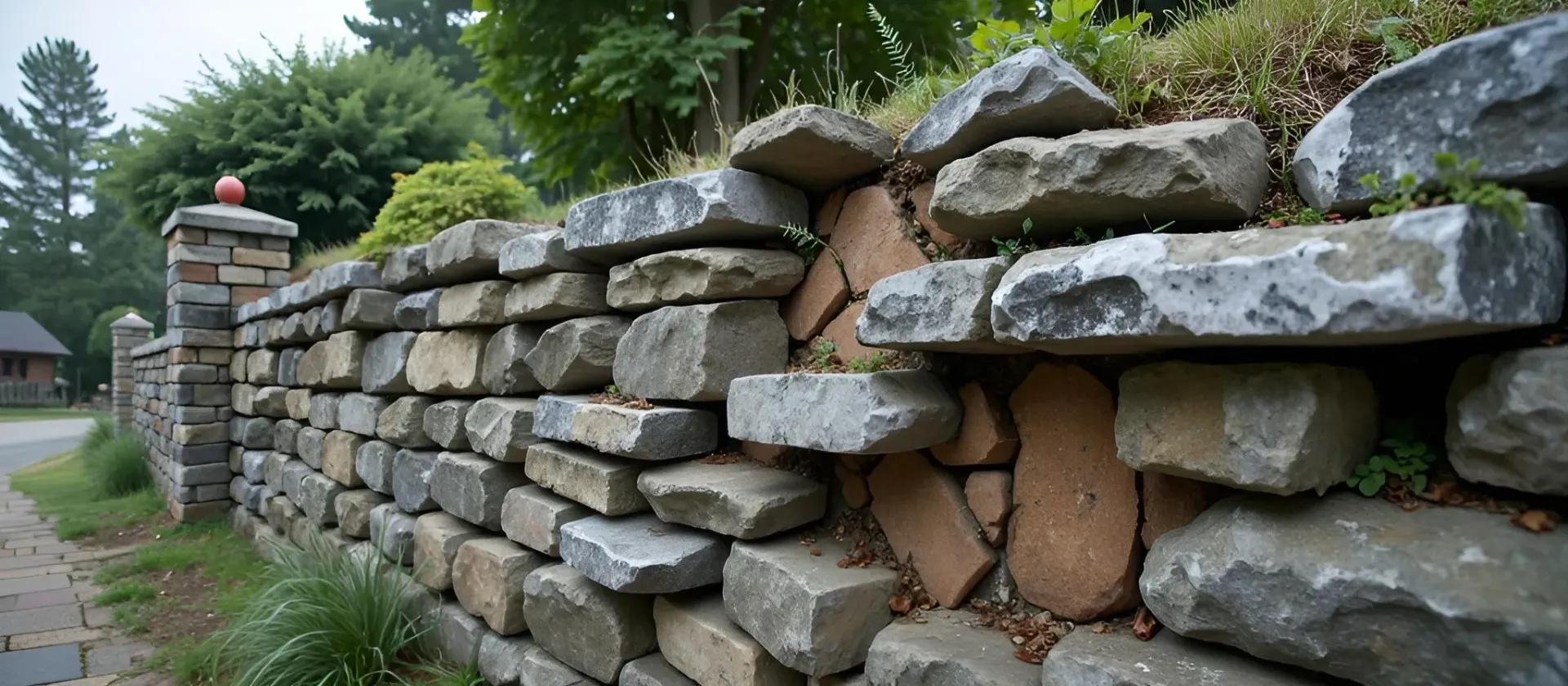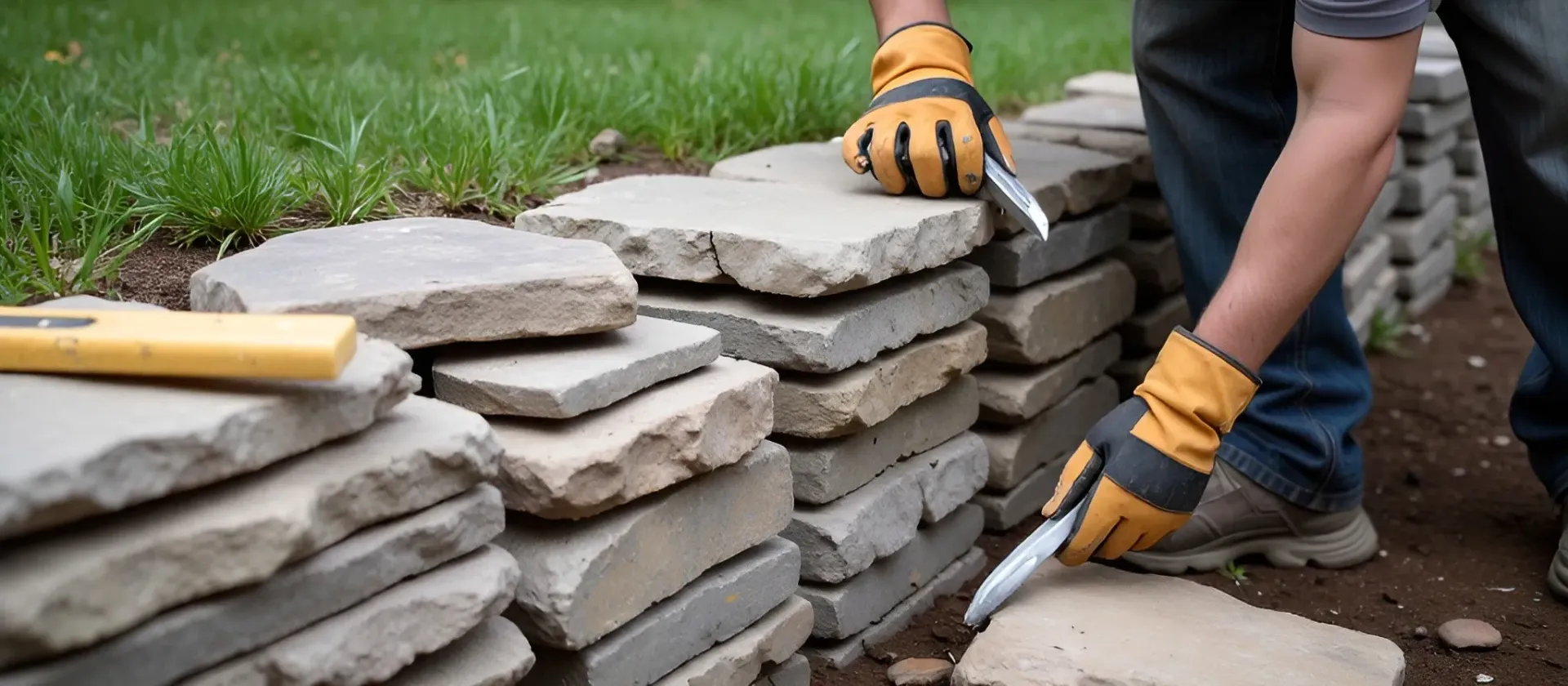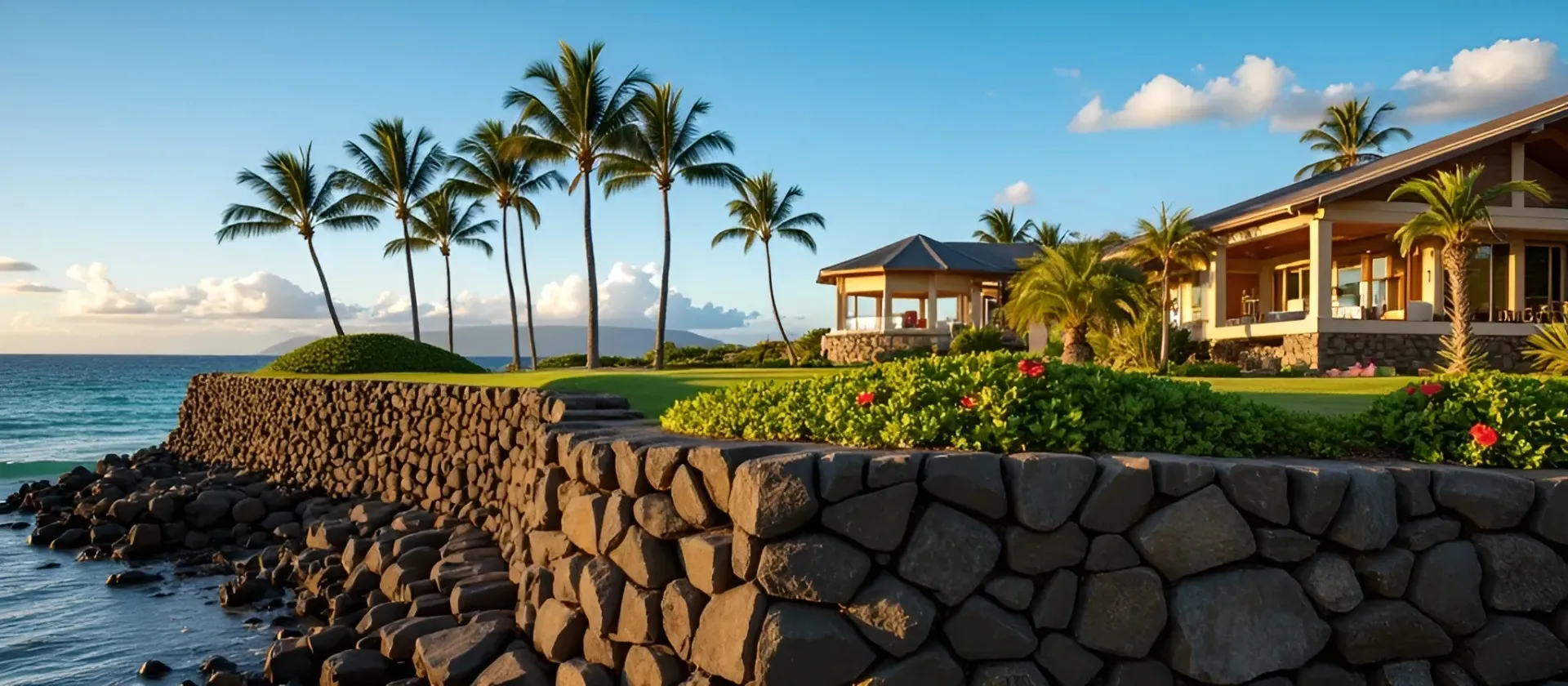The Impact of Groundwater on the Structural Integrity of Rock Walls
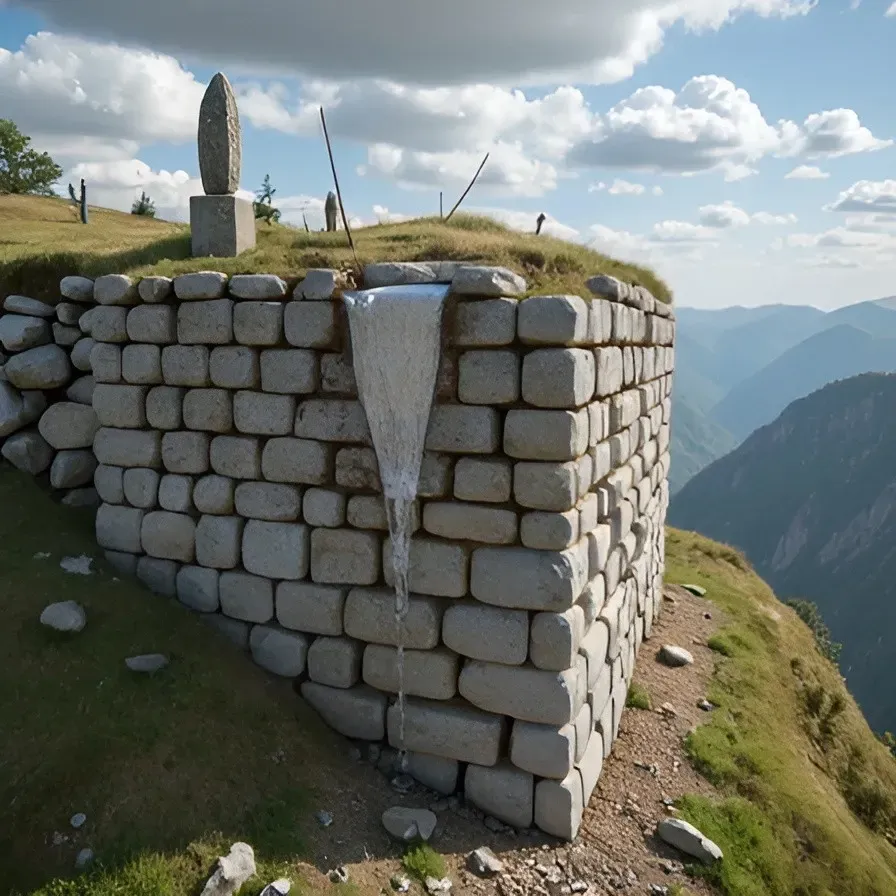
Ever looked at a towering rock wall and thought, “Now that’s solid. That’ll never budge.” Well… think again.
Turns out, something we don’t even see most of the time, groundwater, might be secretly plotting against it. That innocent rainwater you danced in as a kid? It can turn into a sneaky little force. And slowly mess with the structural integrity of rock walls.
Let’s break this down in a simple and interesting way.
What Is Groundwater Doing Down There Anyway?
Water doesn’t just sit in lakes and puddles. It also moves underground. That’s groundwater. It flows through cracks, spaces, and pores inside the earth, kind of like how coffee finds its way through a filter.
When it sneaks into rocks, especially the ones holding up big walls or slopes, it doesn’t just pass by and wave hello. It stays, pushes, reacts, and sometimes causes serious drama.
The impact of groundwater on rock walls starts here. Water enters the rock, and over time, it creates pressure. If the rock has cracks (which most do), this water finds its way in and adds stress from the inside.
Rock Types Matter (More Than You Think)
Not all rocks are the same. Some are like steel, and others are more like a sponge. Groundwater behavior depends heavily on the kind of rock it’s dealing with.
- Granite or basalt? Super strong and less likely to give in.
- Limestone or sandstone? Now we’ve got a problem. These are porous, meaning groundwater slips in easily.
Limestone is a classic troublemaker. It dissolves slowly when it meets certain types of acidic groundwater. This can gradually lead to hidden underground pockets.
And that’s one part of the story. The impact of groundwater on rock walls goes beyond soaking and dissolving. Let’s talk about pressure.
When Water Builds Pressure Like a Shaken Soda Can
Here’s where things get interesting. Imagine you’ve shaken a soda can. Now pop the top. Boom! Pressure released.
The same thing happens underground. Groundwater builds hydrostatic pressure. It's a force water puts on everything around it. If water gets trapped in rock fractures, that pressure starts pushing outwards.
What’s holding that pressure in place? You guessed it: the rock wall. And if the wall can’t handle the squeeze? Cracks grow. Chunks break off. Gravity does the rest.
This is why engineers freak out (in a smart way) about water buildup behind retaining walls or cliff faces. Because even a slow leak over time can lead to failure. And not the gentle kind.
The Sneaky Chemistry Behind Rock Weakness
Let’s toss a little science in the mix—promise, it’s the fun kind. Groundwater isn’t just water. It’s a mix of minerals, gases, and acids that it picks up from the soil and air. When it touches certain rock minerals, it reacts.
These reactions are called chemical weathering. And they’re quiet destroyers.
One common example? Water + carbon dioxide = carbonic acid. Now, mix that with limestone or chalky rock? The rock starts to slowly dissolve. Bit by bit. Nothing explosive. Just... erosion in slow motion.
And what does that mean for the structure? Yep, trouble. This type of damage weakens the rock over time. It makes it more likely to break and crumble.
The impact of groundwater on rock walls comes under the radar.
So, What Can We Do About It?
We have a solution. There are smart ways to fight back against groundwater’s secret attack.
1. Monitor the Groundwater
Engineers use sensors and special monitoring wells. This helps track how much water is moving underground and spot changes before they cause damage.
2. Drain the Pressure
Drainage systems are a lifesaver. French drains, weep holes, and sloped designs let water escape before it builds up and turns into a threat.
3. Seal the Cracks
Grouting (which is like high-tech cement injection) helps seal open fractures. This blocks water from sneaking in where it shouldn’t.
4. Think Before You Build
Understanding the geology of an area before building a rock wall is key. Is it near a water table? Are the rocks porous? Better to know now than regret it later.
Let’s Wrap This Up
Who knew underground water could be so dangerous? It seeps and wears down even the toughest rocks. The impact of groundwater on rock walls may not be obvious at first glance. But over time, it can be dangerous.
With a little knowledge and the right precautions, we can keep those rock walls standing tall and proud.

